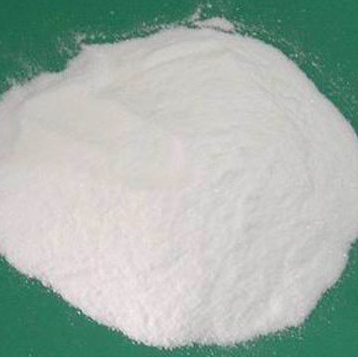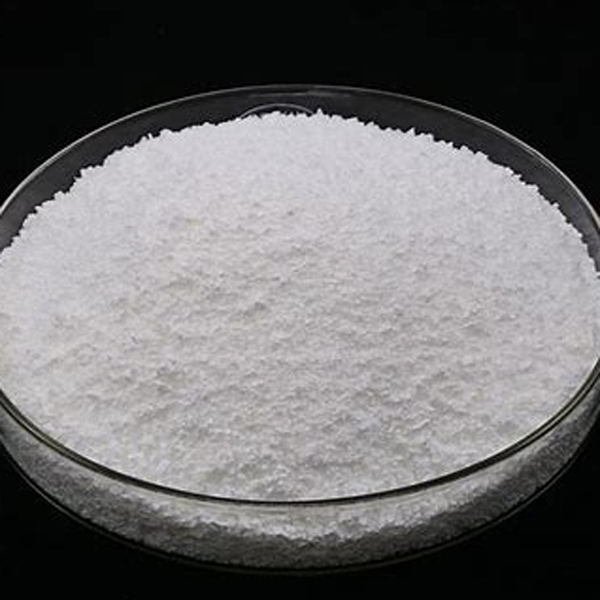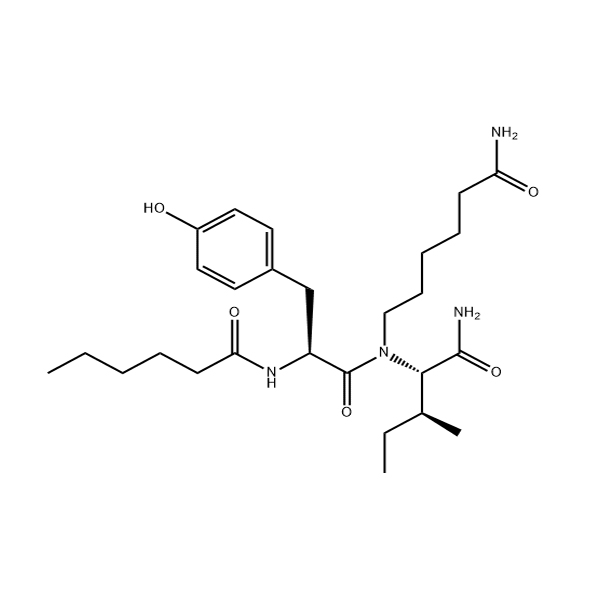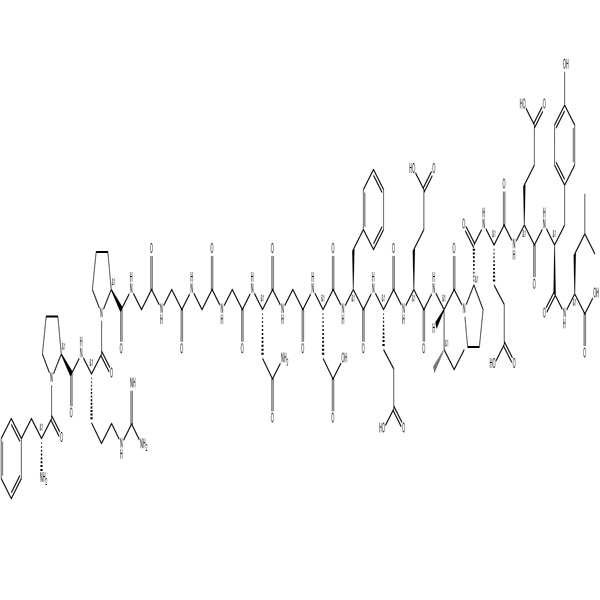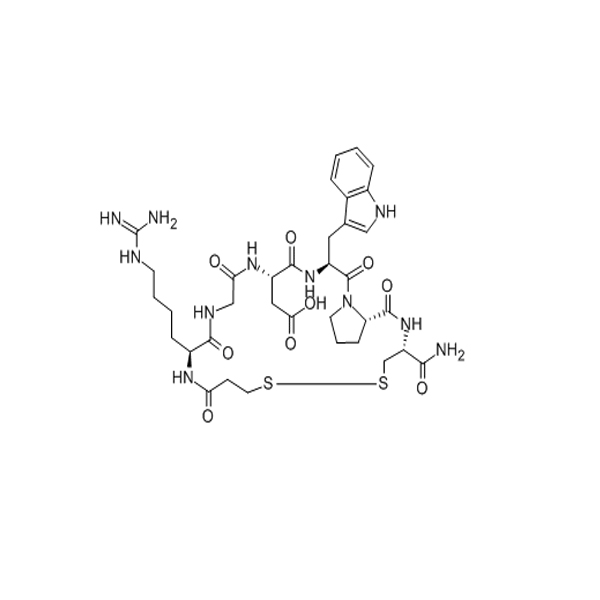CK-0045 vendor/Peptide customization/Chinese supplier
Description
CK-0045 is a promising novel drug with the potential to treat a variety of diseases including obesity, type 2 diabetes and inflammatory bowel disease.
Specifications
Apperance: White to off-white powder
Purity(HPLC): ≥98.0%
Single Impurity: ≤2.0%
Acetate Content(HPLC): 5.0%~12.0%
Water Content (Karl Fischer): ≤10.0%
Peptide Content: ≥80.0%
Packing and Shipping: Low temperature, vacuum packing, accurate to mg as required.
FAQ:
Why should peptides be modified by N-terminal acetylation and C-terminal amidation?
Such modifications can give peptide sequences properties that are native to proteins.
What is Net Peptide Content?
It is important to understand the difference between net peptide content and total peptide weight (gross weight). In general, peptide lyophilized powder samples contain not only peptides, but also other substances such as water, solvents absorbed by peptides, counterions, and salts. The total peptide weight (gross weight) refers to the weight of all these mixtures. The net peptide content is relative to the non-peptide substances, balanced ions and water, and after removing these, the remaining is the net peptide content. The net peptide content can be determined by nitrogen analysis or amino acid composition analysis, usually accounting for 50-80% of the total peptide weight. Net peptide content is different from peptide purity, which refers to the percentage of peptide of interest in a sample.
What is the direction of synthesis of peptides?
Peptide synthesis is from the C-terminus to the N-terminus of the polypeptide.
How pure can the peptide be?
Our company can provide different purity levels for customers to choose from, from crude to > 99.9% purity. According to customer needs we can provide purity > 99.9% ultra-pure polypeptide.
How is my peptide transported? What test reports are provided?
All freeze-dried polypeptides are usually stored in special containers of 2 ml or 10ml with original analytical data and synthesis reports containing important information such as sequence, molecular weight, purity, weight, and number of the polypeptide.
Which modified labeled polypeptides can be synthesized in Chinese peptide?
Our company provides a variety of modified peptide labeling, such as acetylation, biotin labeling, phosphorylation modification, fluorescence modification, can also be customized according to your special needs.
How do you dissolve polypeptides?
The solubility of polypeptide depends mainly on its primary and secondary structure, the nature of modification label, solvent type and final concentration. If the peptide is insoluble in water, ultrasound can help dissolve it. For basic peptide, it is recommended to dissolve with 10% acetic acid; For acidic peptides, dissolution with 10%NH4HCO3 is recommended. Organic solvents can also be added to insoluble polypeptides. The peptide is dissolved in the least amount of organic solvent (e.g., DMSO, DMF, isopropyl alcohol, methanol, etc.). It is highly recommended that the peptide be dissolved in the organic solvent first and then slowly added to water or other buffer until the desired concentration.

